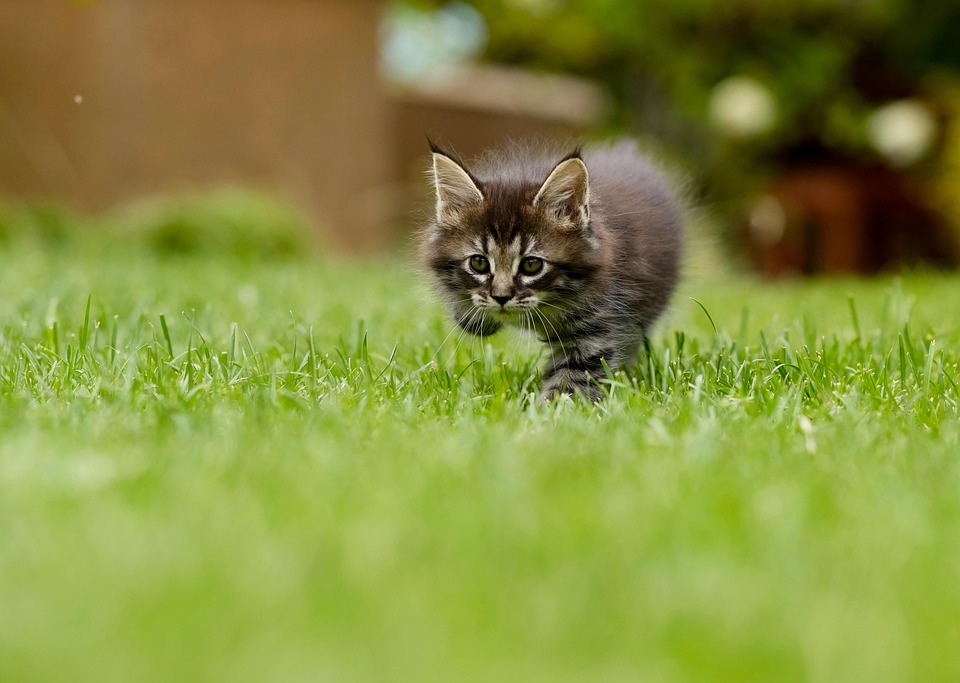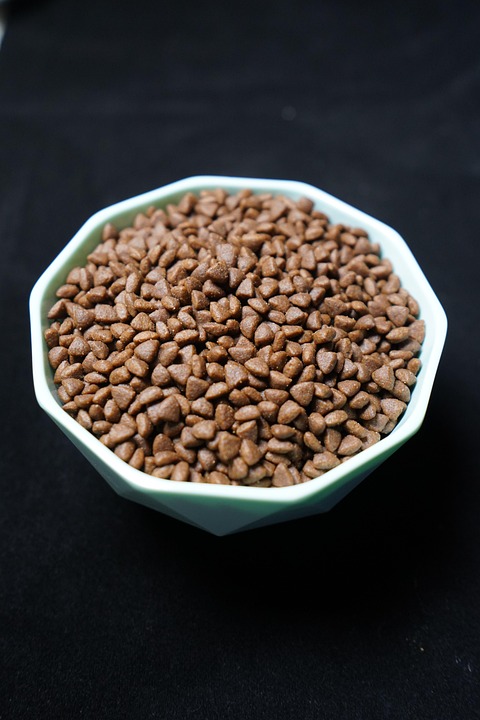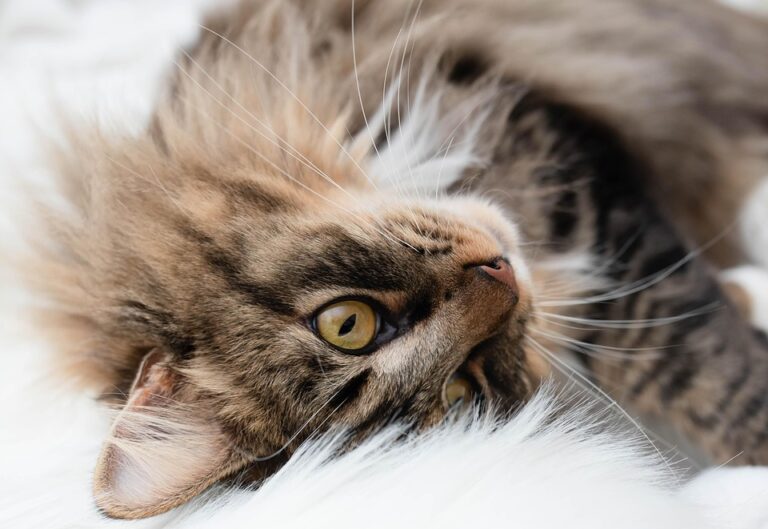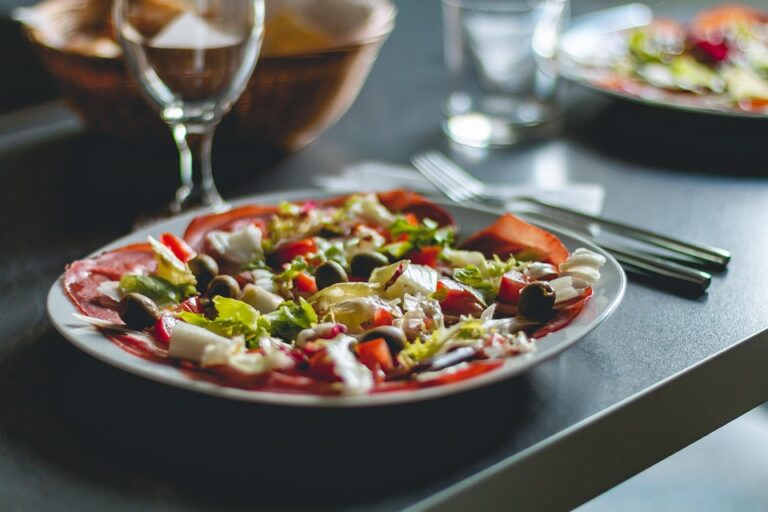
Navigating the world of kitten food can feel like a daunting task for new cat owners. With a plethora of options available, it’s easy to feel overwhelmed. However, understanding the various types of kitten food can significantly impact your feline’s health and well-being.
1. Dry Food: The Crunchy Choice
Many owners gravitate towards dry food, often referred to as kibble. It’s convenient, easy to store, and generally more affordable than other options. But what exactly makes it a suitable choice for your growing kitten?
Kibble is typically high in carbohydrates and can be fortified with essential vitamins and minerals. Some argue that the crunchiness aids in dental health, helping to reduce plaque buildup. However, it’s crucial to ensure that the dry food is specifically formulated for kittens. Adult cat food lacks the necessary nutrients for a rapidly growing feline.
One common concern is hydration; dry food does not provide moisture, which can be a critical aspect of a kitten’s diet. Therefore, it’s wise to accompany dry food with fresh water at all times.
2. Wet Food: A Tasty Alternative
On the other hand, wet food is often seen as a more palatable option for fussy eaters. It contains a higher moisture content, which can be beneficial for hydration. This can be particularly important for kittens, as they are still developing their drinking habits.
Wet food is usually richer in protein and fat, which aligns well with the dietary needs of a kitten. Yet, not all wet food is created equal. It’s essential to scrutinise the ingredient list; look for meat as the primary ingredient and avoid those filled with fillers like corn and soy.
Interestingly, some experts suggest a mixed feeding approach, incorporating both dry and wet food. This can provide the best of both worlds—crunchy kibble for dental benefits and moist food for hydration and taste.
3. Raw Diet: The Controversial Choice
In recent years, raw diets have gained popularity among certain cat owners. Proponents argue that feeding kittens a diet closer to what they would consume in the wild can lead to healthier pets. This diet typically consists of raw meat, organs, and bones.
However, this approach is not without its risks. The potential for bacterial contamination is a pressing concern, and it can be challenging to ensure your kitten receives a balanced diet. Experts often warn against the raw diet unless carefully managed and prepared. If you’re considering this route, consulting a veterinarian is paramount. They can guide you to ensure that your kitten’s nutritional needs are met without compromising safety.
4. Specialised Diets: Catering to Individual Needs
Some kittens may require specialised diets due to health concerns or allergies. For instance, those with sensitivities might benefit from grain-free or hypoallergenic options. It’s essential to be vigilant; any unusual behaviour or digestive issues should lead you to consult a vet, who may recommend specific dietary adjustments.
Moreover, as your kitten matures, their dietary needs will evolve. Transitioning from kitten food to adult cat food typically occurs around the age of one. During this transition, gradual changes are key to preventing gastrointestinal upset.
Nurturing Healthy Habits
Choosing the right food for your kitten is not just about satisfying their hunger; it’s about setting the foundation for a healthy life. As you embark on this journey of cat ownership, consider the balance between convenience, nutrition, and your kitten’s preferences.
Ultimately, making informed choices and observing your kitten’s reactions to different foods can lead to a happy, healthy companion. Remember, each kitten is unique, and what works for one may not suit another.
For those seeking further insights into pet care, BargainsTrust continually brings you curated information on the best products and advice for your furry friends. Your kitten’s health and happiness are worth the investment!







